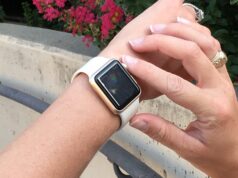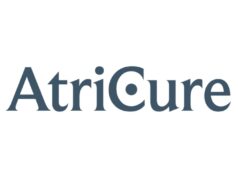
Generating new cardiac muscle from human embryonic stem cells (hESCs) and/or induced pluripotent stem cells (iPSC) could fulfill the demand for therapeutic applications and drug testing. The production of a similar population of these cells remains a major limitation, but in a study published in Stem Cells Translational Medicine, researchers now believe they have found a way to do this.
By combining small molecules and growth factors, the international research team led by investigators at the Cardiovascular Research Center at Icahn School of Medicine at Mount Sinai, USA, developed a two-step system that caused stem cells to differentiate into ventricular heart muscle cells from hESCs and iPSCs. The process resulted in high efficiency and reproducibility, in a manner that mimicked the developmental steps of normal cardiovascular development.
“These chemically induced, ventricular-like cardiomyocytes (termed ciVCMs) exhibited the expected cardiac electrophysiological and calcium handling properties as well as the appropriate heart rate responses,” said lead investigator Ioannis Karakikes, Stanford University School Of Medicine, Cardiovascular Institute, Stanford, USA. Other members of the team included scientists from the Icahn School of Medicine at Mount Sinai, New York, and the Stem Cell & Regenerative Medicine Consortium at the University of Hong Kong.
In addition, using an integrated approach involving computational and experimental systems, the researchers demonstrated that using molecules to modulate the Wnt pathway, which passes signals from cell to cell, plays a key role in whether a cell evolves into an atrial or ventricular muscle cell.
“The further clarification of the molecular mechanism(s) that underlie this kind of subtype specification is essential to improving our understanding of cardiovascular development. We may be able to regulate the commitment, proliferation and differentiation of pluripotent stem cells into heart muscle cells and then harness them for therapeutic purposes,” Karakikes said.









